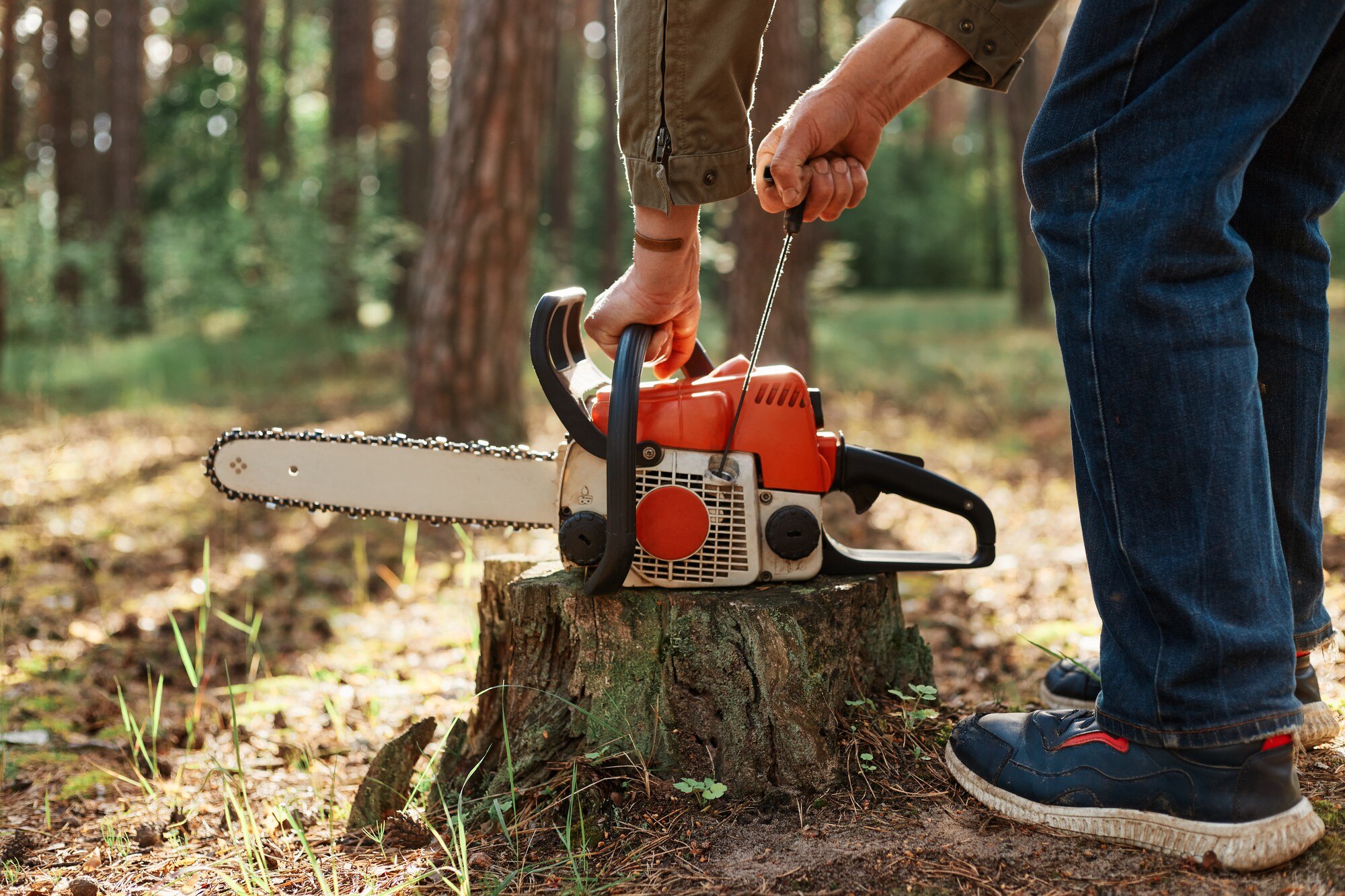Trees are more than just a beautiful part of our landscapes. They’re vital to the ecosystem and our well-being.
However, trees can sometimes pose risks due to structural instability. This is where cabling and bracing come in.
Cabling and bracing are arboricultural techniques that enhance tree stability. They help prevent tree failure, preserving their health and longevity.
In this guide, we’ll delve into the world of tree cabling and bracing, exploring its importance, techniques, and best practices. Whether you’re a homeowner, a gardener, or a tree care professional, this article is for you.
Understanding Cabling and Bracing
Cabling and bracing are techniques used in arboriculture, the science of tree care. They’re designed to support trees and prevent structural failure.
Cabling involves installing flexible cables between tree branches. This reduces stress and strain on the tree structure.
On the other hand, bracing involves inserting rods into the tree. These rods provide additional support, especially in areas with weak branch unions or split trunks.
Together, cabling and bracing can significantly enhance tree stability, ensuring their health and longevity.
When is Cabling and Bracing Necessary?
Cabling and bracing are often necessary when a tree shows signs of structural weakness. This could be due to split trunks or weak branch unions.
These techniques are also used when a tree has been damaged by storms or other external factors. They help to prevent further damage and ensure the tree’s survival.
In some cases, cabling and bracing are used as preventive measures. They can help to strengthen a tree before any visible signs of weakness appear.
However, it’s important to have a professional assessment before installing cables and braces. This ensures the right approach is taken for each individual tree.
Types of Cabling Systems: Static vs. Dynamic
There are two main types of cabling systems used in tree care: static and dynamic. Static systems use steel cables to provide firm support. They limit the movement of the branches they are attached to.
Dynamic systems, on the other hand, use synthetic fibers. These allow for more movement, helping the tree to grow naturally while still providing support.
The choice between static and dynamic systems depends on the specific needs of the tree. It’s best determined by a professional arborist.
The Bracing Process and Materials
The process of bracing involves installing rods in the tree. These rods provide structural support, especially in weak areas.
Materials used for bracing are typically made of steel. They are designed to withstand the elements and the weight of the tree.
Proper installation is crucial to avoid damage to the tree. It’s another reason why hiring a professional is often the best course of action.
The Benefits of Proper Tree Cabling and Bracing
Cabling and bracing can greatly enhance the stability of a tree. This is particularly beneficial for mature trees that have grown large and heavy.
These techniques can also prevent tree failure. This is important in urban areas where falling branches can pose a risk.
Lastly, cabling and bracing can extend the lifespan of a tree. This contributes to the longevity and aesthetic of landscapes.
Hiring a Professional vs. DIY Cabling and Bracing
While some may be tempted to try cabling and bracing themselves, it’s often best to hire a professional. Certified arborists have the knowledge and experience to do the job correctly.
DIY attempts can lead to improper installation. This can cause more harm than good to the tree.
Moreover, professionals are aware of local regulations. They ensure compliance, avoiding potential legal issues.
Maintaining Your Cabling and Bracing System
Once installed, cabling and bracing systems require regular checks. This ensures they remain effective and safe.
Maintenance includes adjusting cables and inspecting for wear or damage. This is crucial for the system’s lifespan.
Remember, neglecting these checks can lead to system failure. This can result in tree damage or even collapse.
Conclusion: The Role of Cabling and Bracing in Tree Health
Cabling and bracing play a vital role in tree health. They provide support and stability, preventing tree failure.
These techniques are part of a comprehensive tree care plan. They help preserve mature trees, contributing to the longevity and aesthetic of landscapes.
In conclusion, proper cabling and bracing are essential for maintaining tree health and stability.








Leave a Reply
You must be logged in to post a comment.